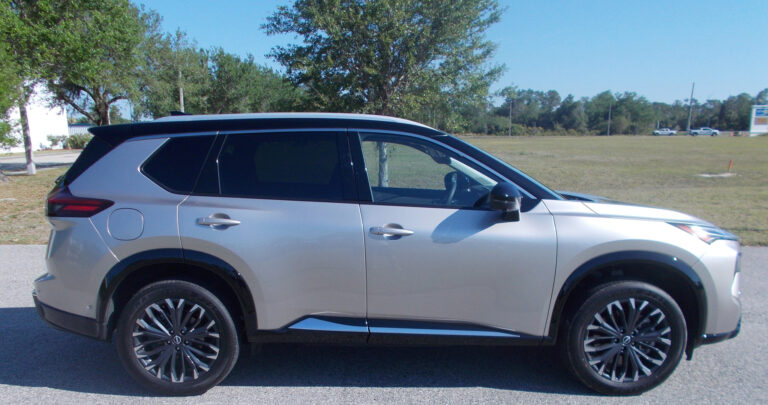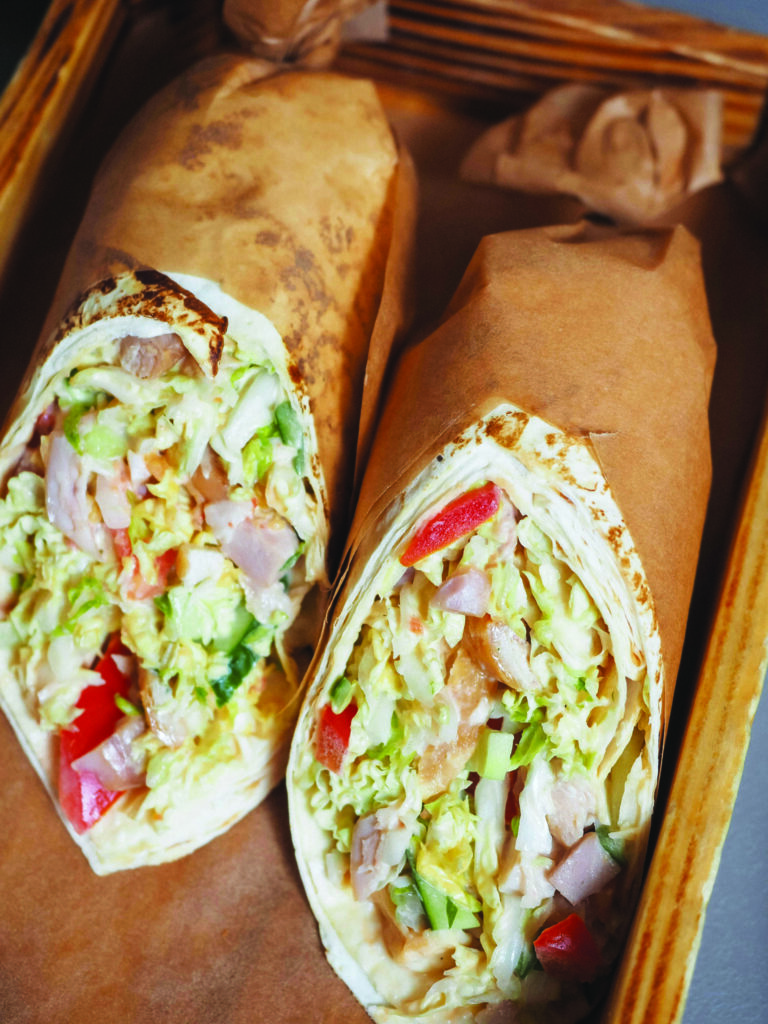Sport SUV for the discriminating buyer

Review & Photos by: Len Ingrassia
Automotive columnist
There is a plethora of luxury, mid-size SUVs competing for consumer dollars. BMW SUVs, for instance, have a distinctive look with stiff suspension, powerful engines racking up nearly a quarter million sales last year while British carmaker Range Rover claimed 12 percent of that number.
That’s not to say Range Rovers are deficient in style, luxury or power. They aren’t. The two companies have varied interests and appeal to different audiences. Jaguar Land Rover is owned by Tata Motors of India, a $37 billion manufacturer of high-end cars, SUVs, trucks and defense vehicles.
We spent a week with the Range Rover Sport Autobiography, near the top of six available trim levels starting in the low $80s – higher than rival BMW X5.
The Sport can be ordered as a 3.0-liter inline six cylinder with a mild hybrid system that makes 355 horsepower in the Sport P360. Tune up the same engine and it delivers 395 ponies in the Sport P400. Next up is the Sport P460 – 454 hp; P530 – 523 hp; P550e -542 hp and Sport SV with 626 ponies. Each sends power to an eight-speed automatic transmission.
Our 2½ ton test car with 523 ponies reached the 60 mile-per-hour mark in a respectable 4.1 seconds from a dead stop – one-half second slower than the top-of-the-line SV Edition trim at $180,700.
Although you can manually fidget with all the Sport has to offer with hill descent control, low traction launch, dynamic air suspension, all-wheel steer, electronic active differential and twin speed transfer case – we found there is an easier way.
Lacking expert training, the system defaults to auto control. It senses what the tires are seeing and feeling, and computer adjusts to the right mode using air suspension to create more ground clearance and rear-wheel steering to manipulate the trail.
Back on pavement, the cabin is a quiet place to be with sound deadening material throughout and lavish seat coverings that pamper occupants with soft leathers, suede headliner, panoramic roof and premium cabin lighting and adjustable massaging seats up front.
Audiophiles will be thrilled with a 28-speaker Meridian 3D surround system that includes stereo headrests for front seat occupants. A cabin air purification system is available to keep out unwanted allergens and viruses.
Cargo space is okay however golf bags will not fit horizontally. Its high waist exterior lines give the Sport a rich look and quad exhaust tips show off the V8 rumble from the get-go.
A curved 13.1-inch touchscreen dominates the center console and houses cabin audio, climate and navigation features. With few buttons, switches or knobs we found drilling down was required to control basic functions like setting cabin temperature, changing radio stations, phone settings and navigation features – all requiring eyes off the road.
We recommend a test drive in the Range Rover Sport along with Porsche Cayenne, Audi Q7 and Mercedes Benz GLE.
(Contact independent automotive columnist Len Ingrassia at editor@ptd.net)
What was reviewed:
2025 Range Rover Sport Autobiography
Engine: 4.4-liter twin turbocharged V8 – 523 horsepower – 553 lb.ft torque
Base price/as tested: $123,400/$130,110.
EPA rated mileage: 16 city, 23 highway, 19 combined.
Assembled: Final assembly of the Range Rover Sport is at Solihull, United Kingdom. U.S. /Canadian parts content – 5 percent; major source of foreign parts, United Kingdom – 50 percent; country of origin, engine and transmission – Germany.
Crash test rating: Neither the National Highway Traffic Safety Administration (NHTSA) nor The
Insurance Institute for Highway Safety (IIHS) had rated the Range Rover Sport as of this writing.
Warranty: 4 year/50,000-mile bumper to bumper warranty and roadside assistance. No complimentary maintenance.



